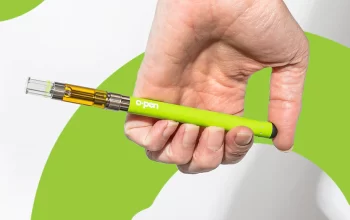Relays are electrical devices that are used to switch on and control another device or appliance with a relatively higher power circuit. It provides an electromagnetic coil to protect the lower power circuit and isolating the device with a higher power circuit. Before you use the relays, you will have to test switching relays first. Here are some methods for relay testing.

• Getting Started
As soon as you have opened the package, read and understand the data sheet. This is provided by the manufacturer and typically printed on the relay. The data sheet will give you information as to the voltage and current ratings of the relay. Also included are pin configurations and other information about the product which you can use during the testing process. By knowing the basic statistics, you’ll be able to minimize errors later on. Determine the requirements for the coil. You’ll usually find it on the data sheet where current requirements and voltage are indicated.
• Inspect the Relay
A visual inspection of the relay is important as you would be able to detect any damage or broken part as early as the first day of acquisition. Most relays have outer plastic shells which contain the contacts and coils. Modern relays also have LED light to easily identify if they are switched on. See if the diode is protected. Diodes are used to shield the logic circuitry from being damaged or broken due to noise spikes.
• Disconnect Power Source
As with any electrical job, make sure that all power sources are disconnected. This includes line voltage and batteries. Take extra caution when dealing with capacitors in the circuits since they may still hold a charge even after having been removed from the power source.
• Assess Contact Configuration
The contact configuration of the relay can also be determined through the data sheet. Relays may have one pole or two. Each pole will have a normally closed (NC) or normally open (NO) contact. If the pole touches the pin, it will indicate an NC contact. If it doesn’t, then it’s a NO contact. By using a digital multimeter, you can test the resistance between the poles of the relay and the NC or NO contacts for that particular pole.
• Energize the Relay
You can energize a relay by using an independent power or voltage source. Make sure that you use one which is appropriate for the relay coil rating. If the coil is diode protected, check if the independent source is connected with the appropriate polarity. You will be hearing a click once the relay is energized.
You cannot just go switching relays as soon as you receive your package. There are steps that you need to follow and precautionary measures that you have to abide to. The information sheet is extremely important not just for switching relays but for the use of other electrical devices as well. Many may overlook it or even take it for granted. Be a smart user and read. Understand the device to keep yourself and your family safe.



